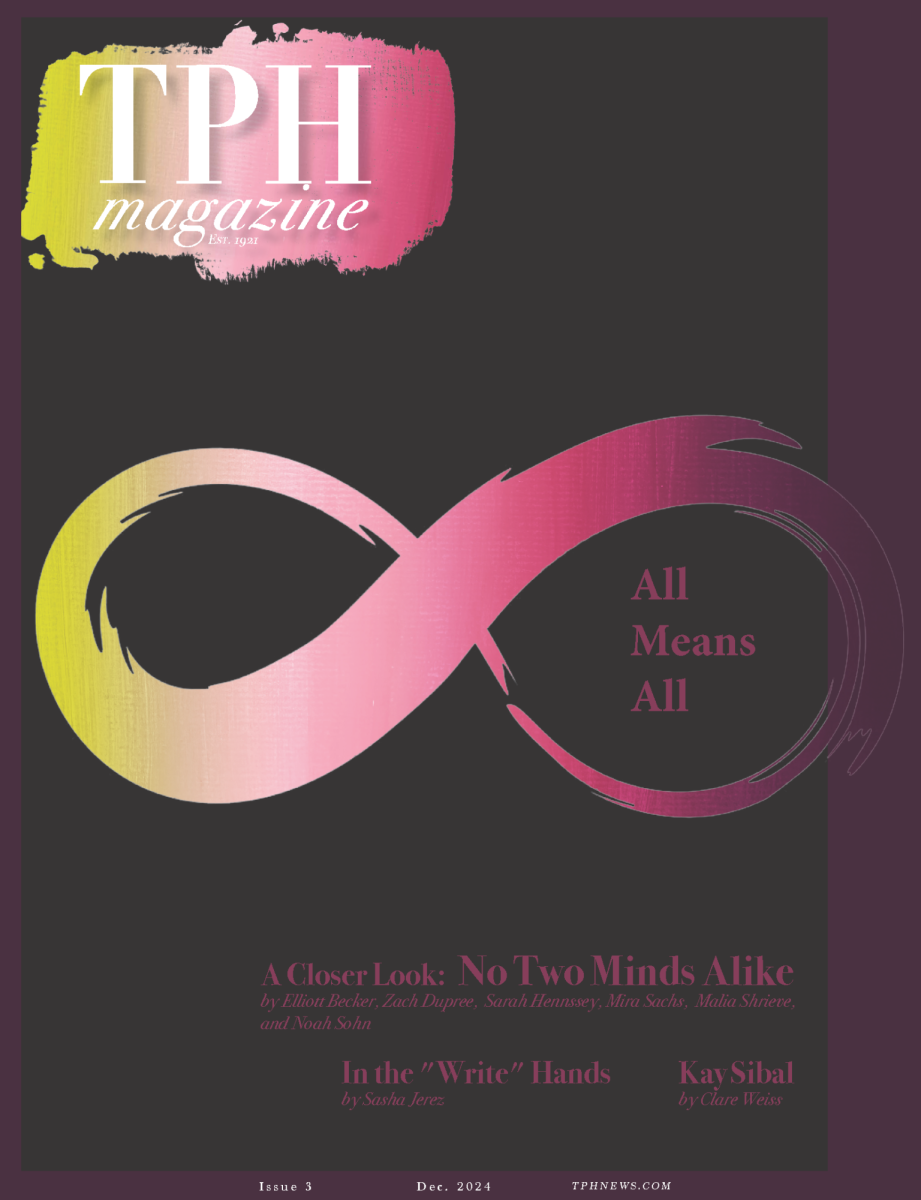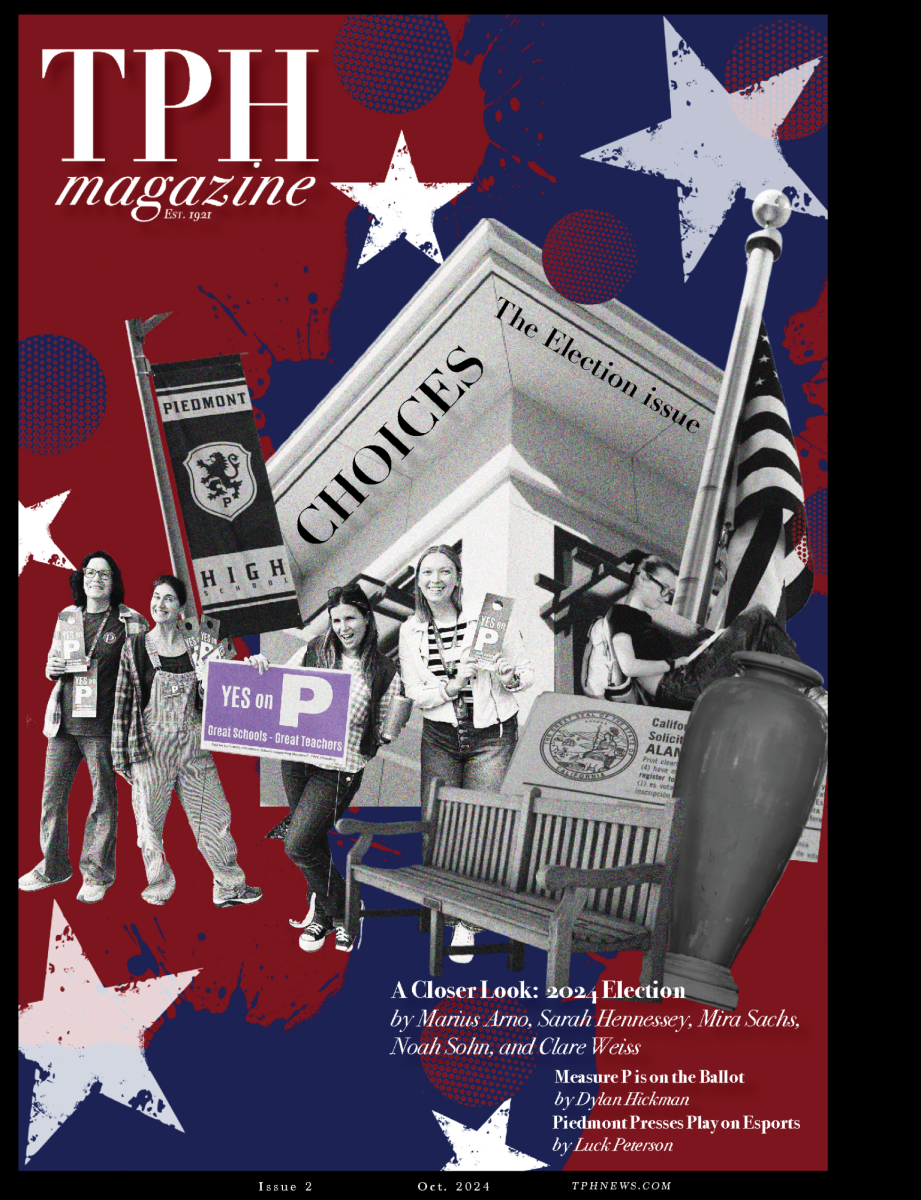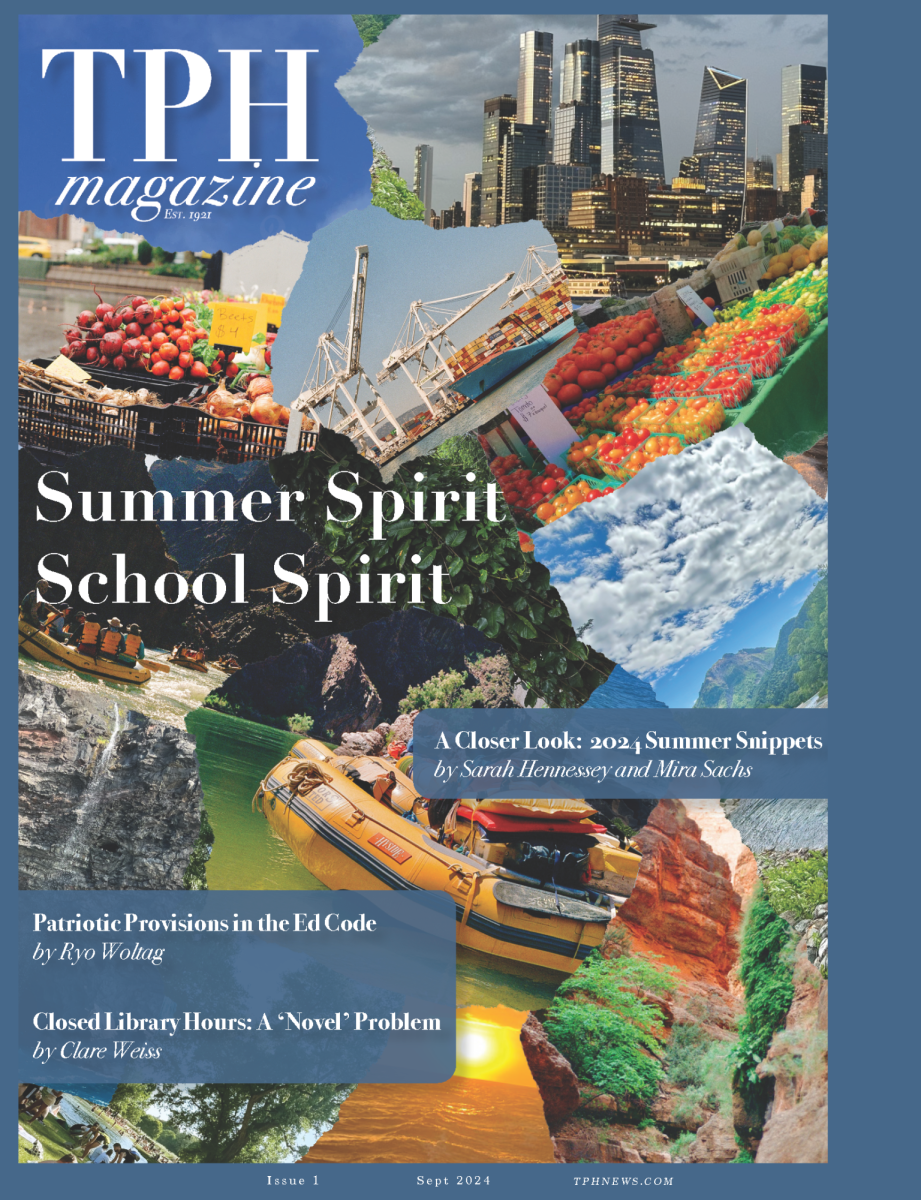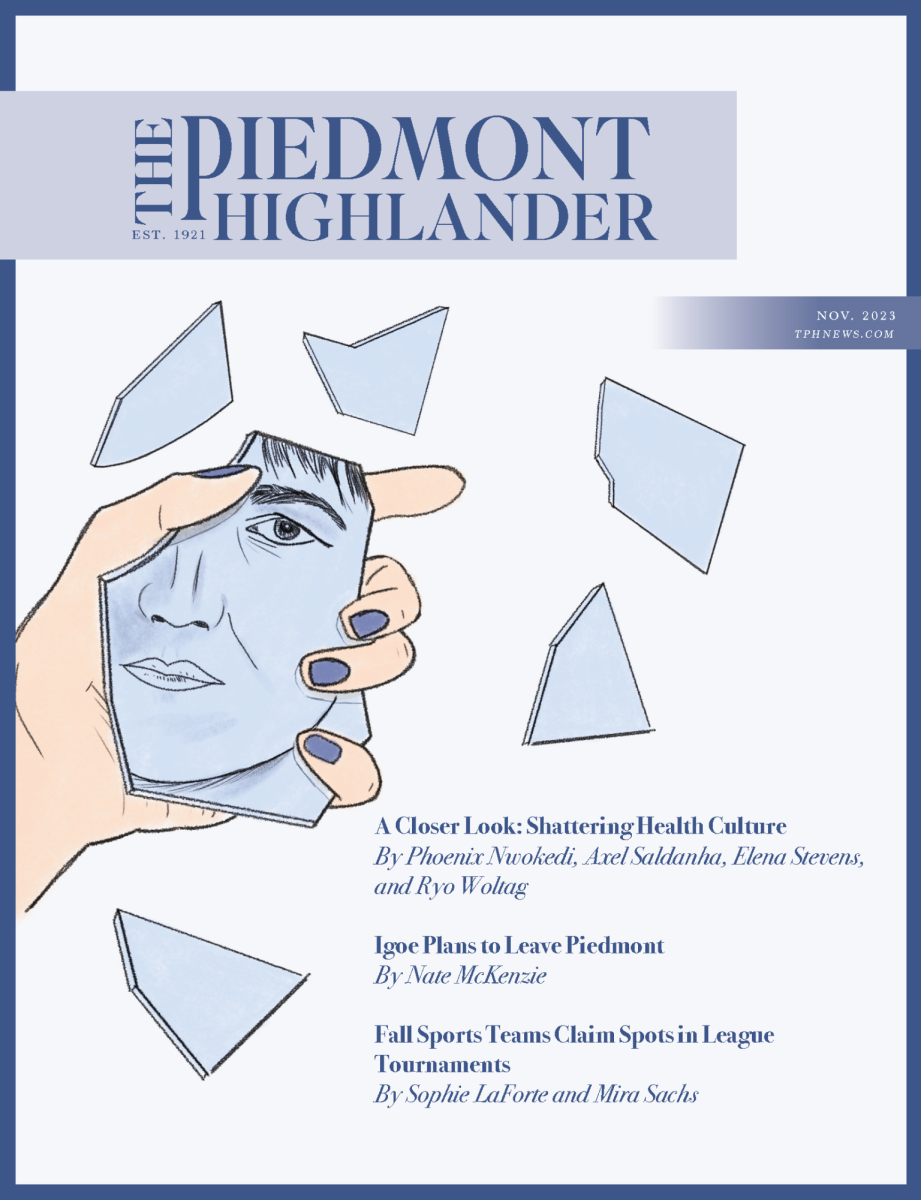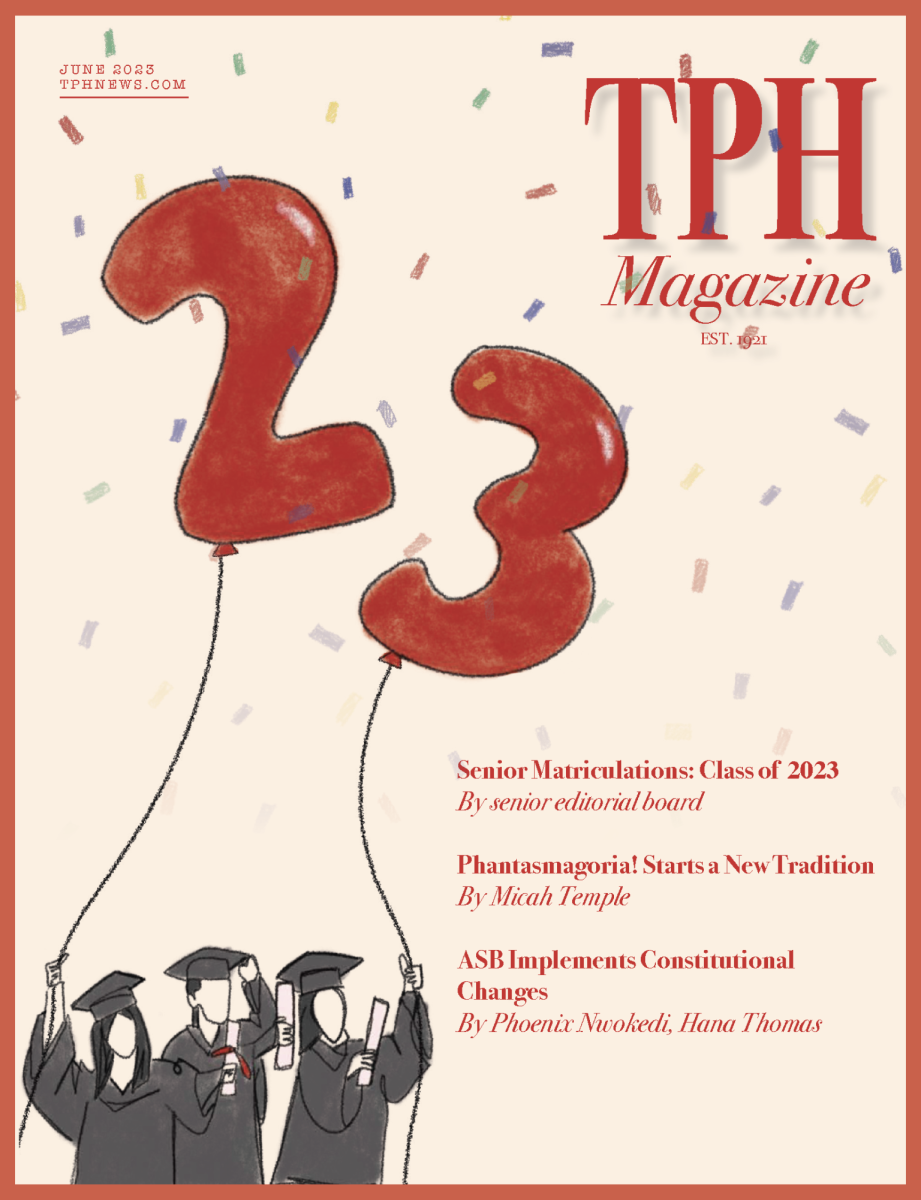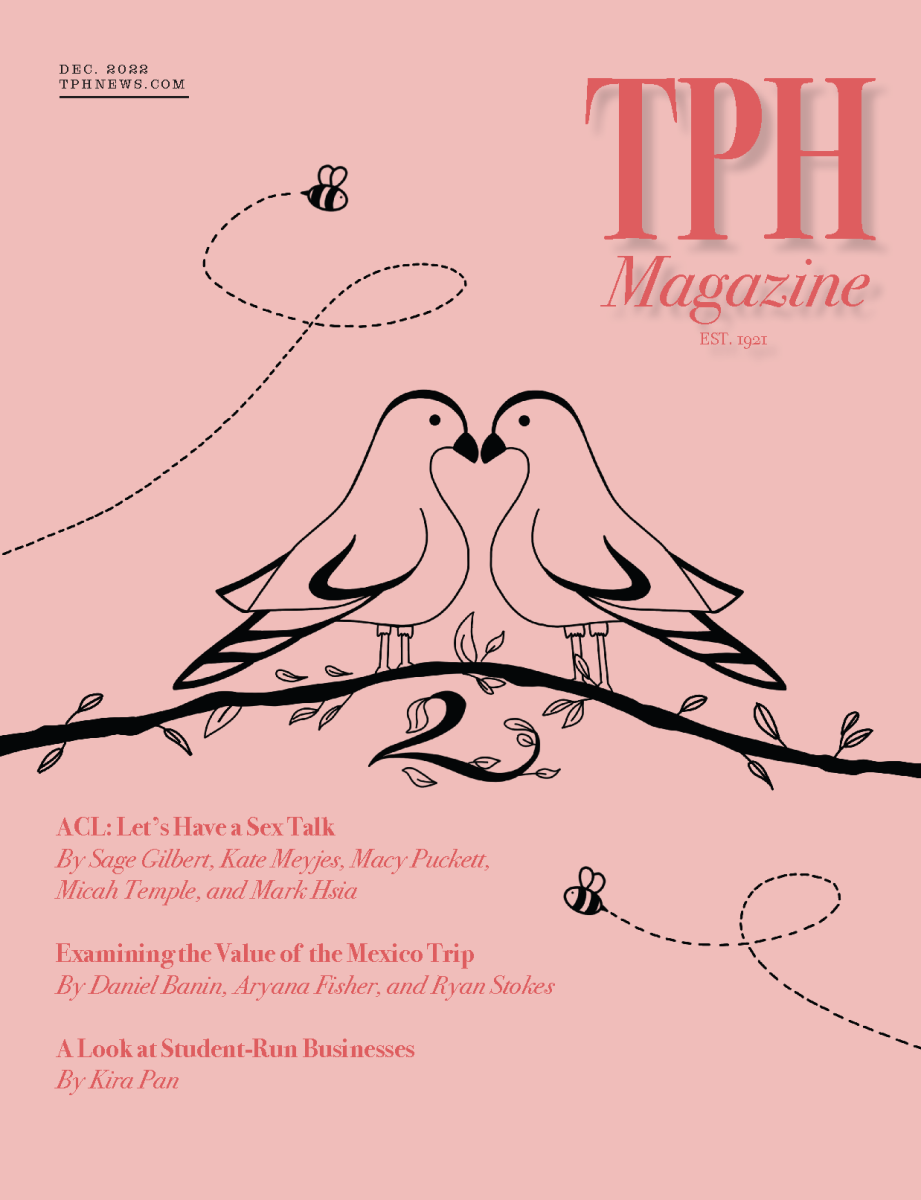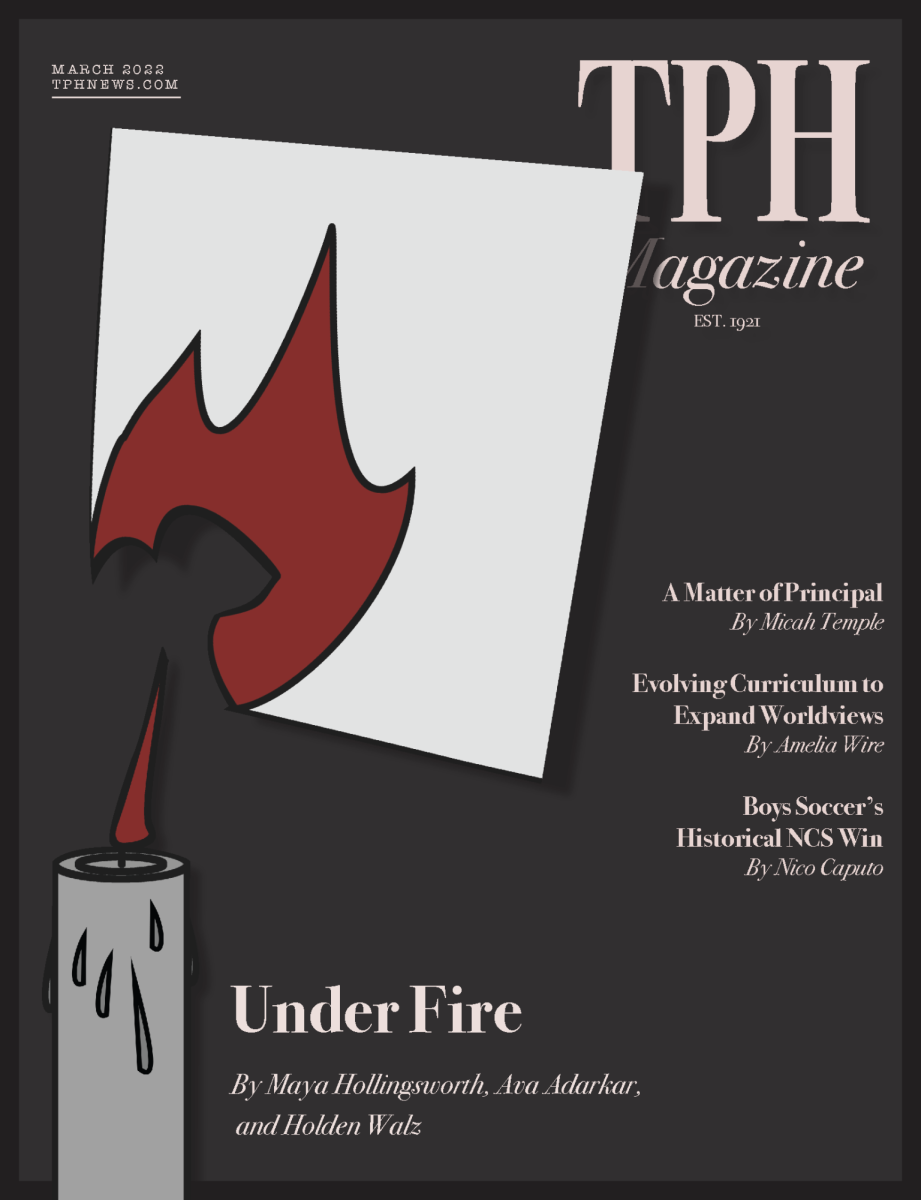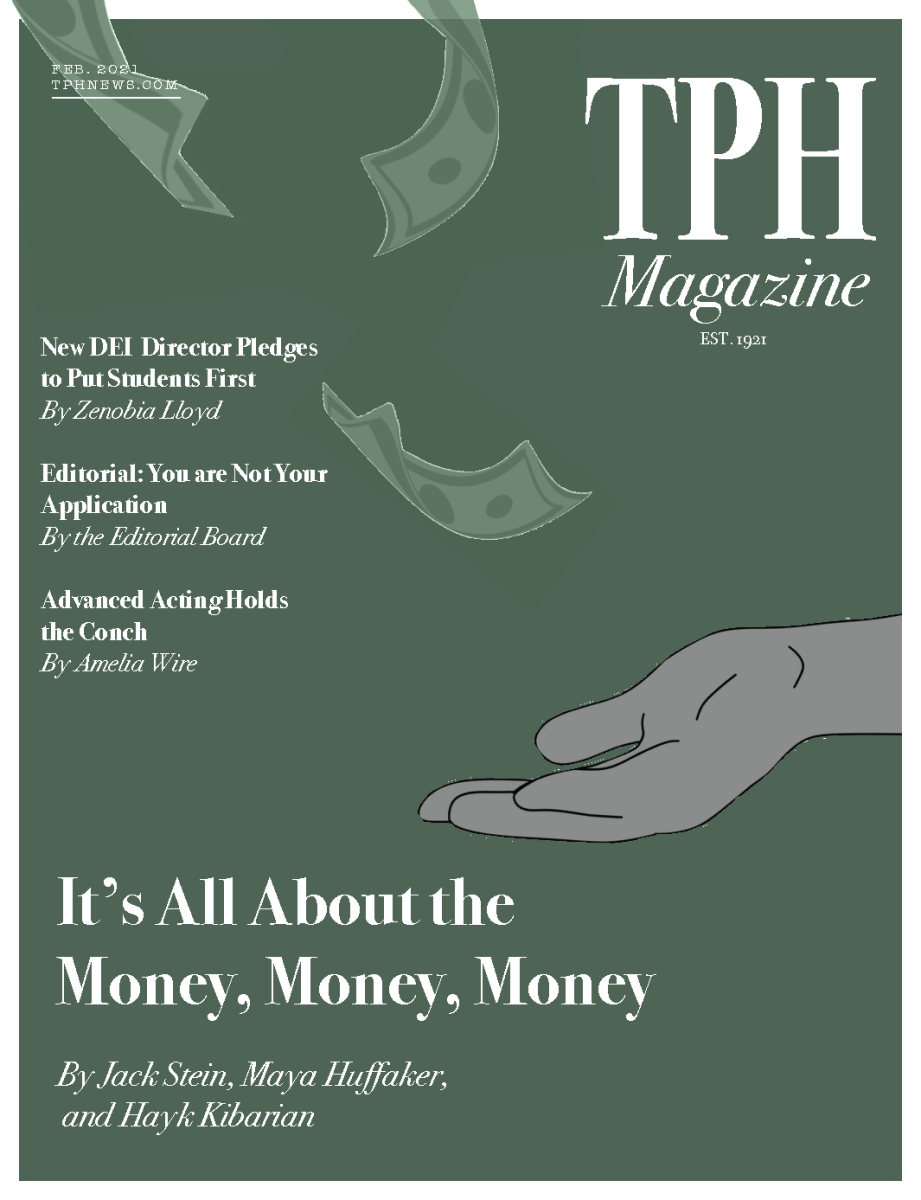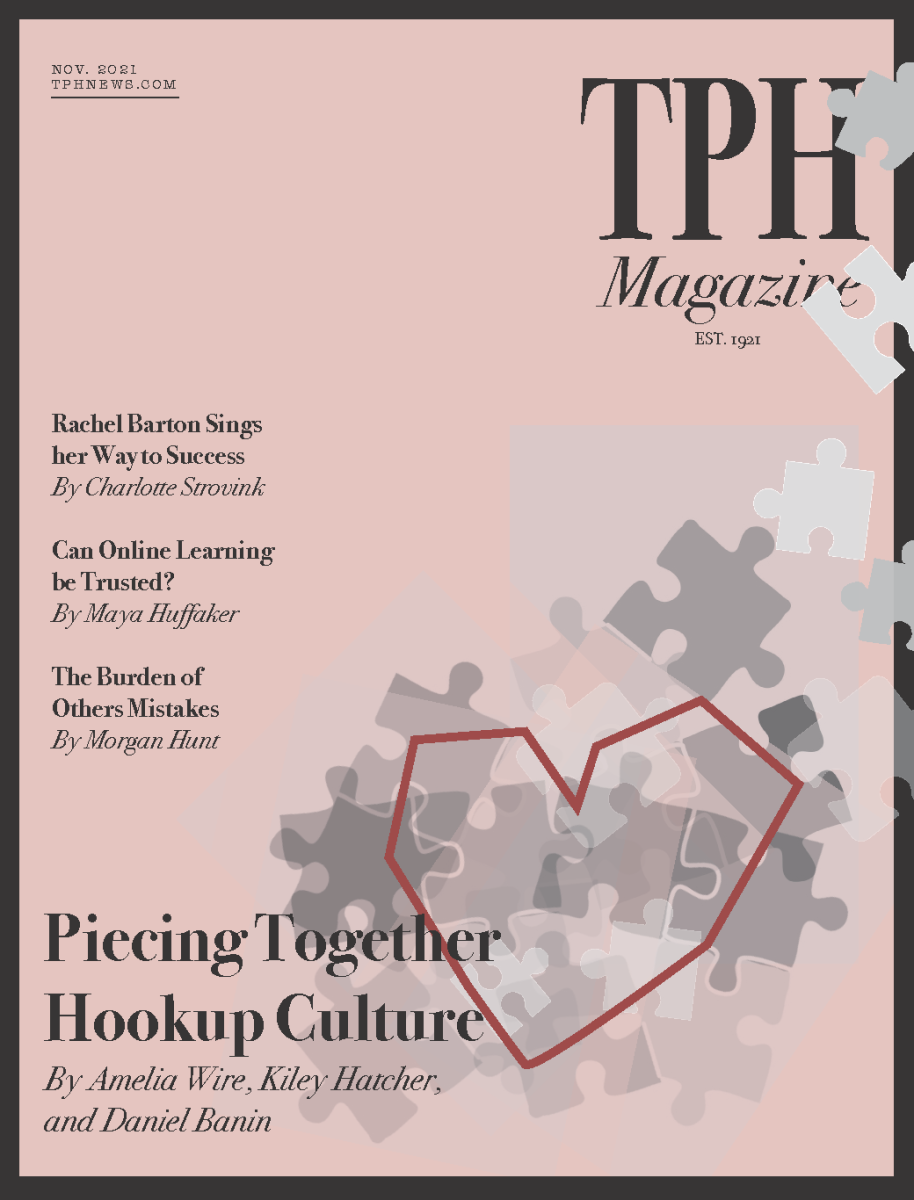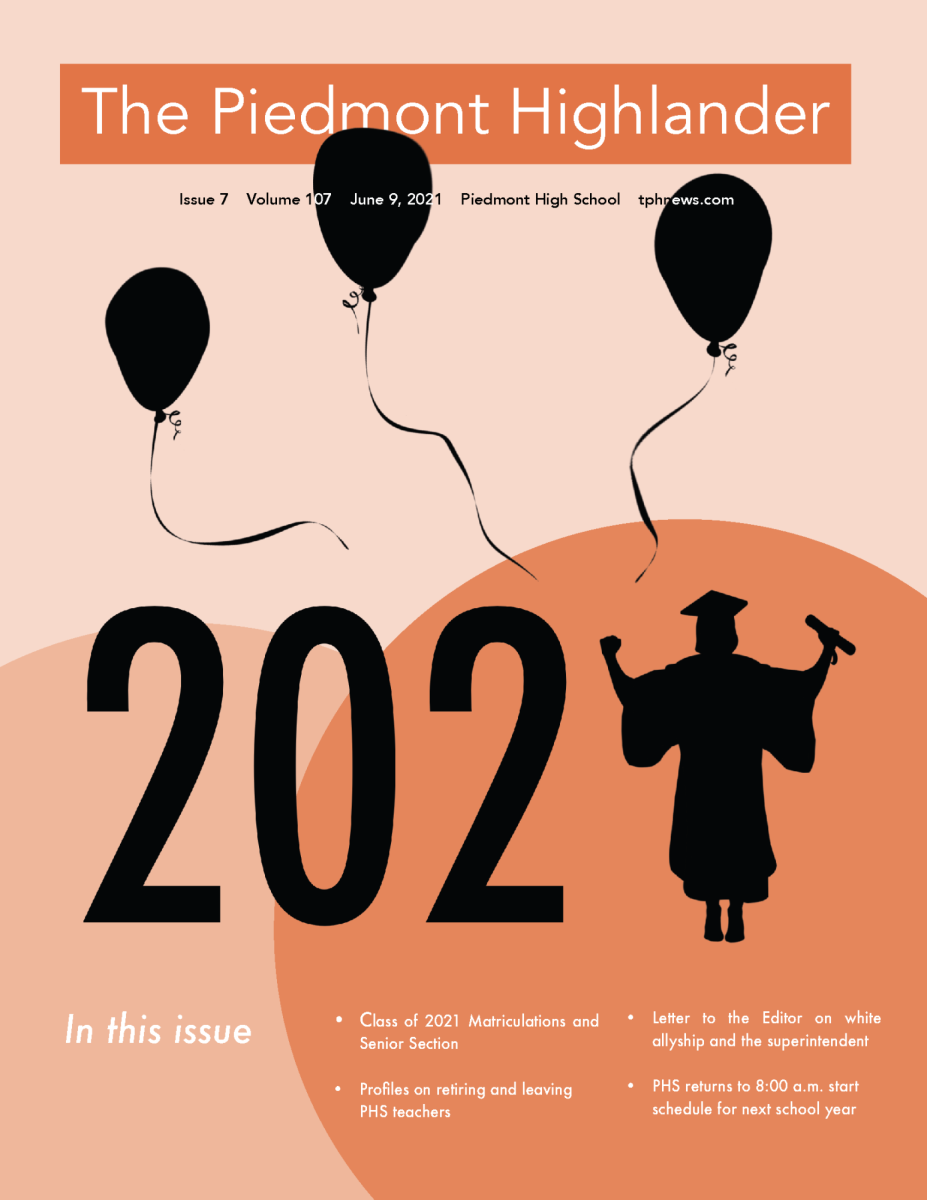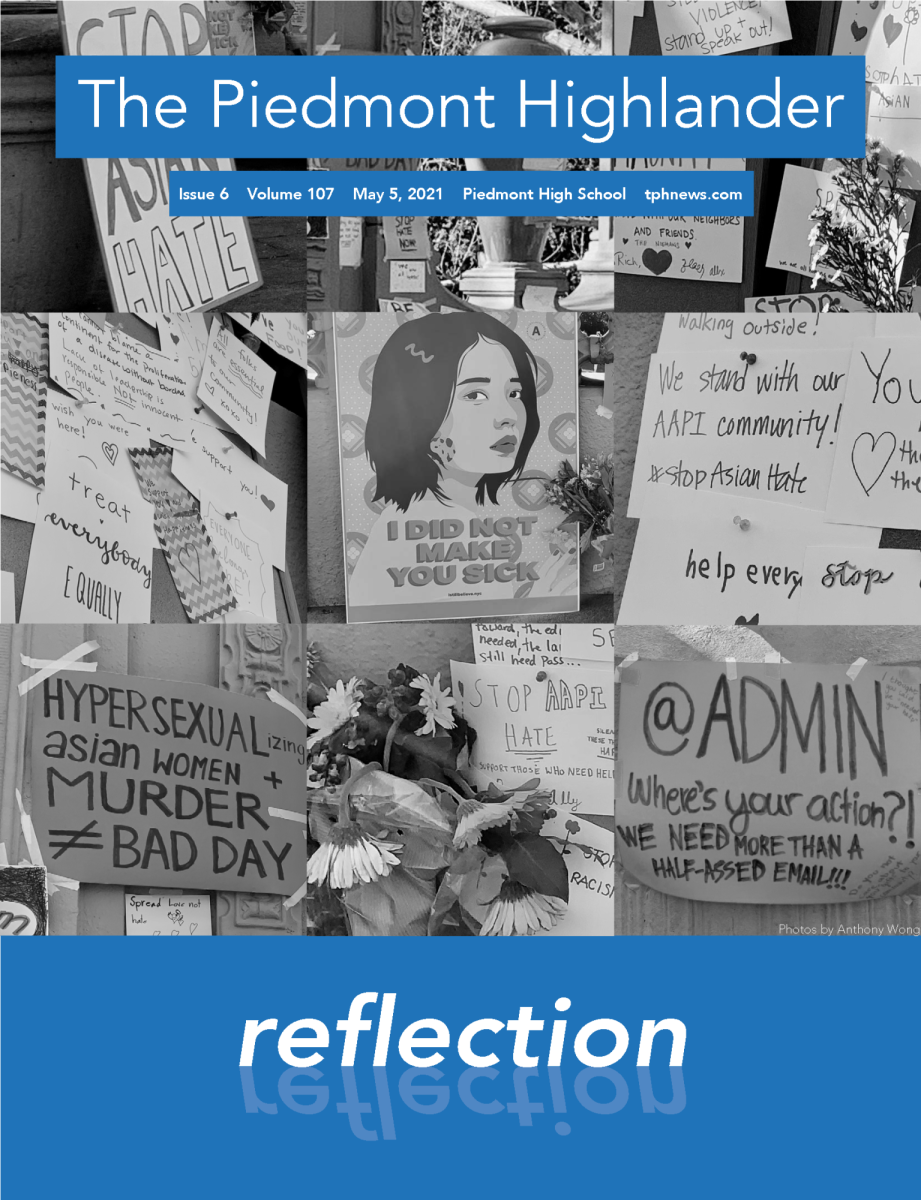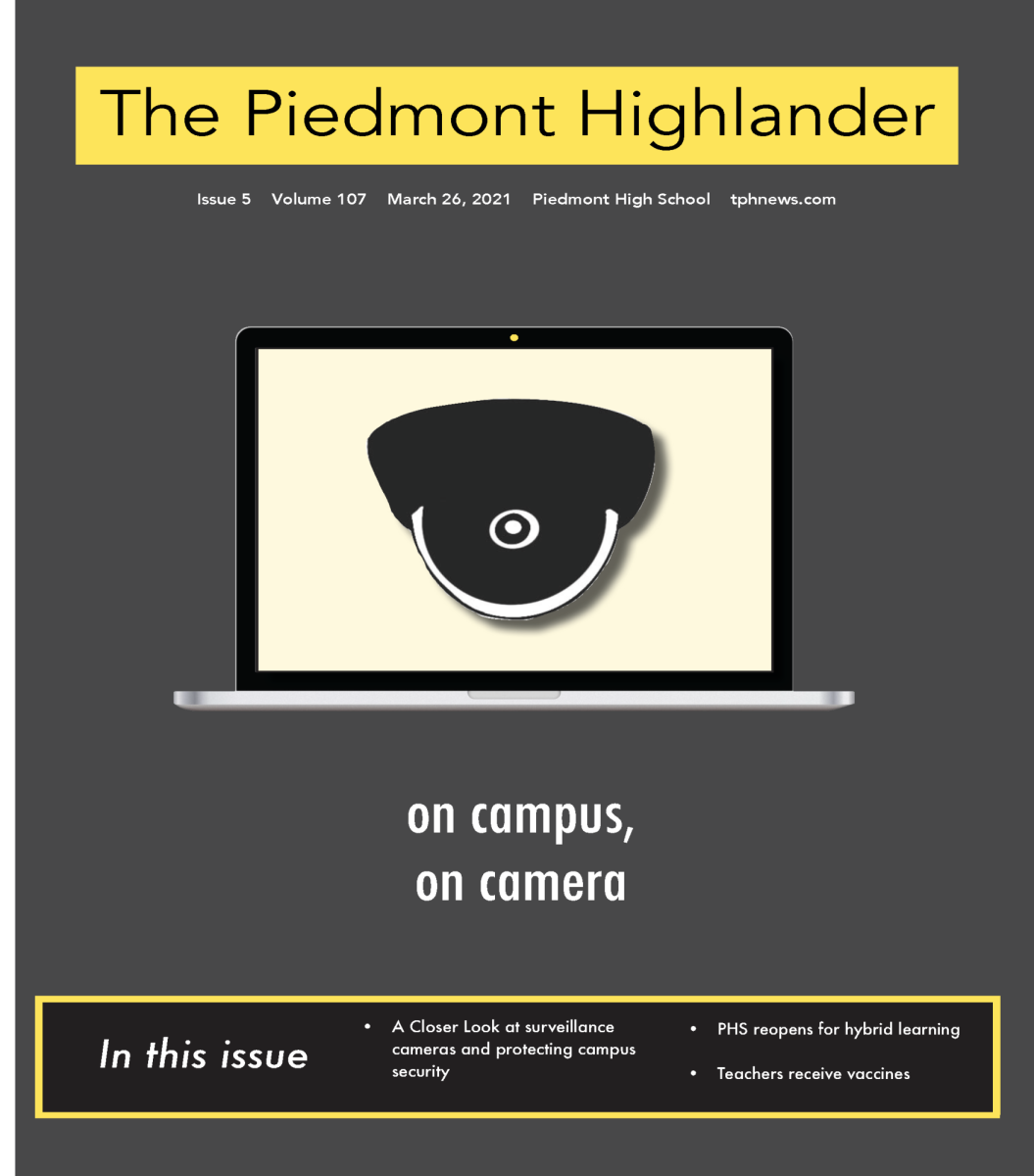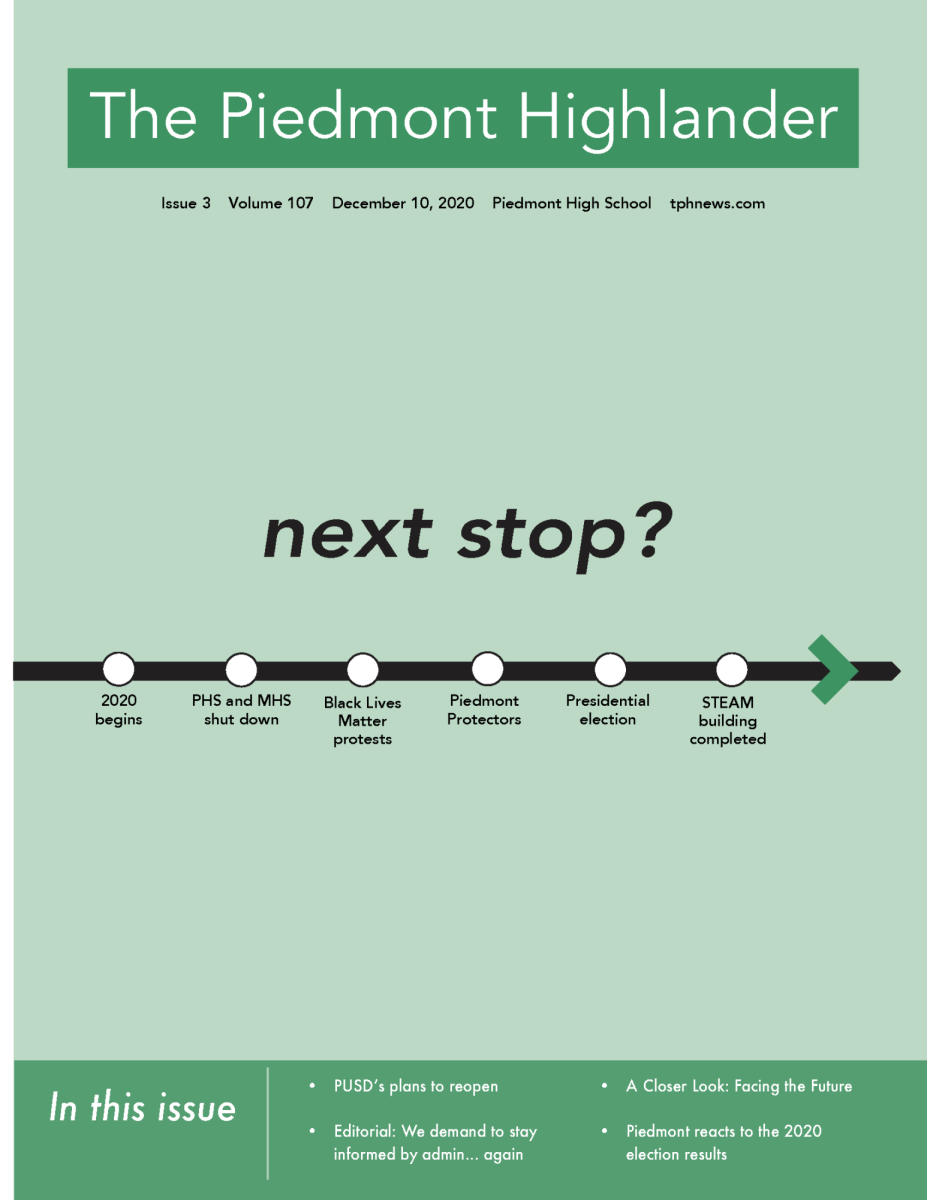 Details about Shinto burial customs, an explanation of the attached condensed milk candy, offers of a place to stay when visiting Japan. These are all snippets of letters exchanged between 14 to 15-year-old U.S. residents and Japanese students.
Details about Shinto burial customs, an explanation of the attached condensed milk candy, offers of a place to stay when visiting Japan. These are all snippets of letters exchanged between 14 to 15-year-old U.S. residents and Japanese students.
English teacher Mercedes Foster and PHS graduate of 2013 Emily Mabry arranged a pen pal exchange between PHS freshman and sophomore classes and high schoolers in Japan. Mabry currently teaches Japanese students English and reached out to Foster to create a pen pal activity.
So far, the Japanese students sent the first letters in November and PHS students responded. Foster said she hopes to complete at least one more full cycle.
Foster said that her elementary school pen pal experience partly motivated her to create this connection for her students.
“I had one named Andrea in Alaska, and there was never a long term connection made because we were young,” Foster said. “I always mourned mine. Why did I let that go? And now I can’t ever get a hold of [her].”
Wanting her students to create authentic relationships, the only instruction about the activity Foster gave them was to be meaningful in their responses.
“Give them a piece of you,” Foster said to her students.
Foster also said that the Japanese students set the open-minded and warm tone of this exchange by offering for PHS students to stay with them if students go to Japan.
“[Foster] encouraged us to keep an open mind and not forget the art of letter-writing,” sophomore Josie Gross-Whitaker said.
English teacher Debbi Hill, whose students also have pen pals, said that when the letters arrived, students could not wait to read them.
“They were charmed,” Hill said. “They shared one thing about their person that they thought was interesting, and they are about the same age so there are similar kinds of interests.”
Gross Whitaker said she and other students enjoyed being able to connect with someone of a different culture, especially for students who have not travelled as much as others.
Sophomore Max Podell, who said he does not have friends who live outside the U.S., learned about Japanese customs as his pen pal shared about her religion, Shinto, and her family’s traditions.
“It’s a weird experience because they know I exist, they are writing to me, and I don’t know them,” Podell said. “I don’t even know how to describe it.”
Hill said that her students wanted to share their Instagram and other social media information with their pen pals right away, but she encouraged them not to at first.
“That’s part of the charm of this: the anticipation of waiting for the letter to come,” Hill said. “It’s brought up things we don’t usually think about communication.”
Foster said that while she did not think to dissuade her students from sharing their social media information she understands Hill’s purpose of participating in a traditional form of communication.
Podell said that writing letters is more personal than sending emails or texting because the time put towards handwriting.
“They get to see your handwriting, and personally, my handwriting is a part of me because it is different from everyone else’s,” Podell said. “Writing a letter means more than writing an email, which is just a few clicks.”
Hill told students that they could share social media information in the last letter exchange and kept the rest of the activity open ended.
Even if students only exchange letters a few times in the course of the year, they still can keep in touch through social media, Foster said, comparing this opportunity to her experience with pen pals as a kid.
“We didn’t have social media, so there was no other option if you didn’t have their address,” Foster said. “They still have that connection. There is so much more possibility to the relationship.”
In addition to bringing up ideas about methods of communication, Hill said that this activity also brings an audience to students’ writing.
“As an English department, we often talk about wanting our students to do real writing,” Hill said. “[The pen pal exchange] has the spirit of doing writing for a real audience and a different kind of writing than the literary analysis essay.”


